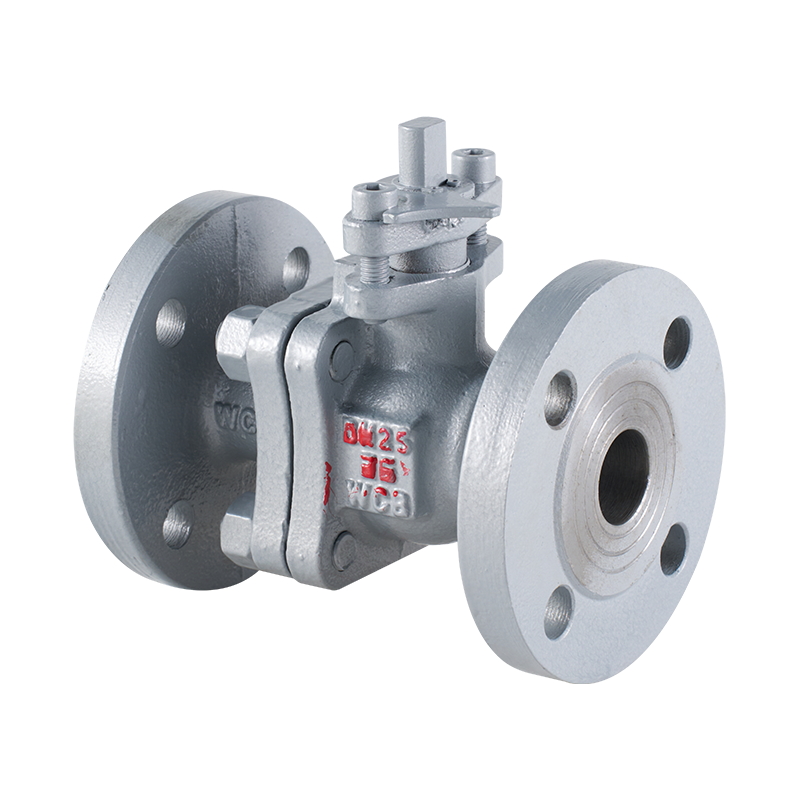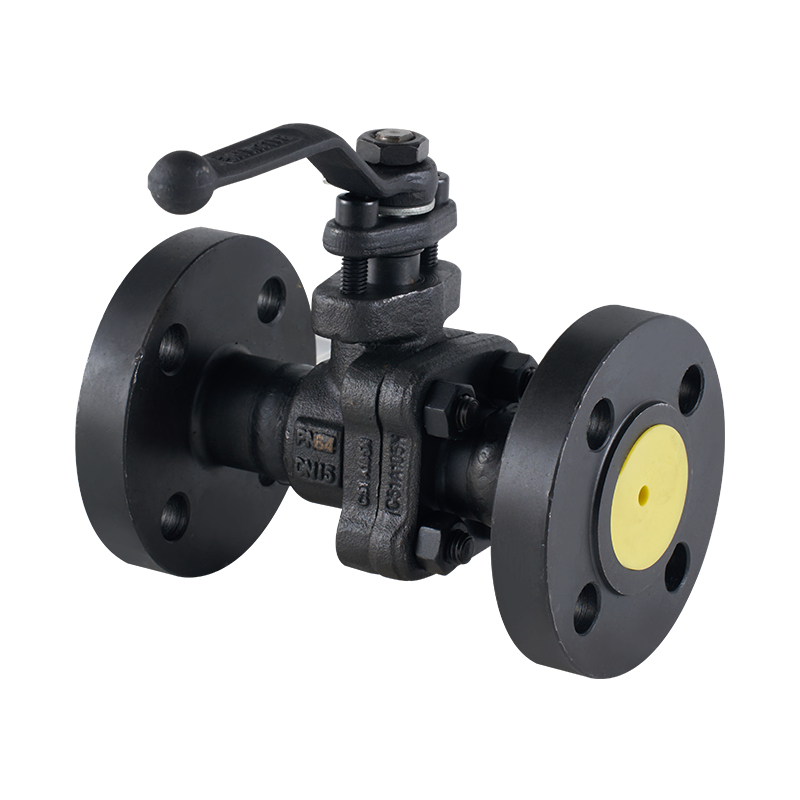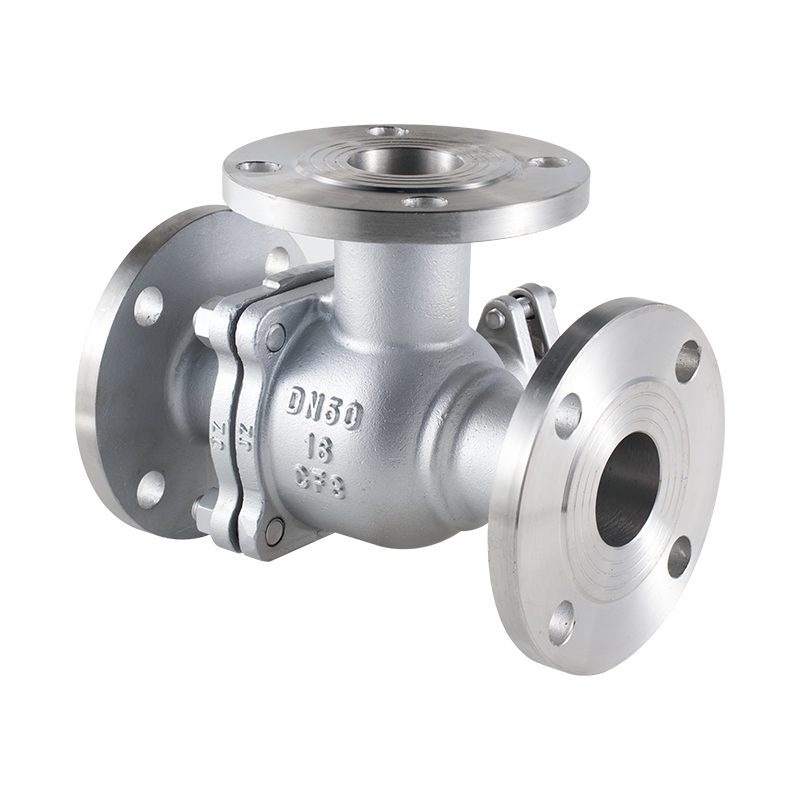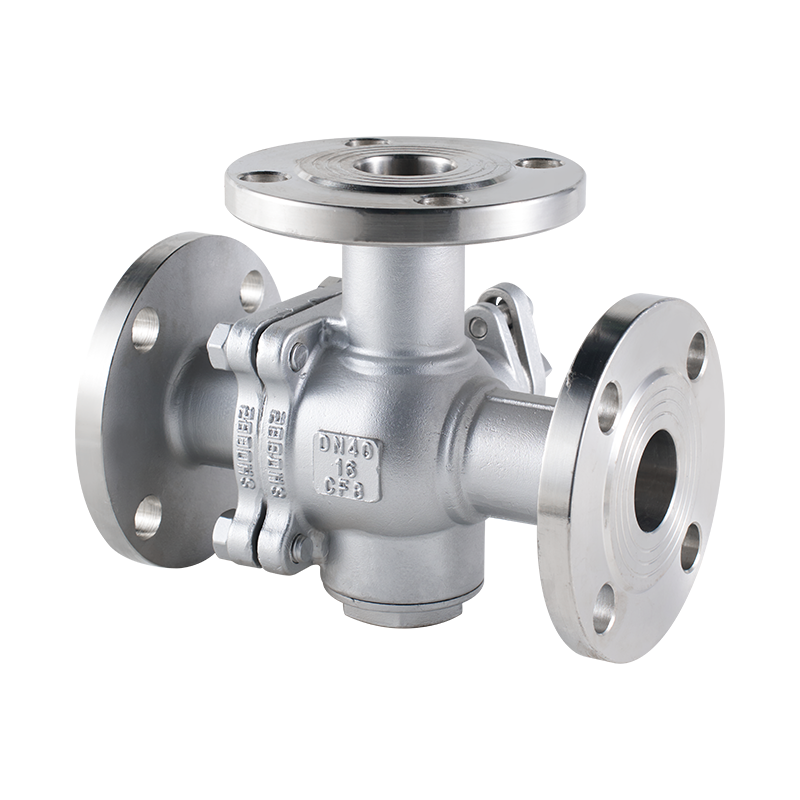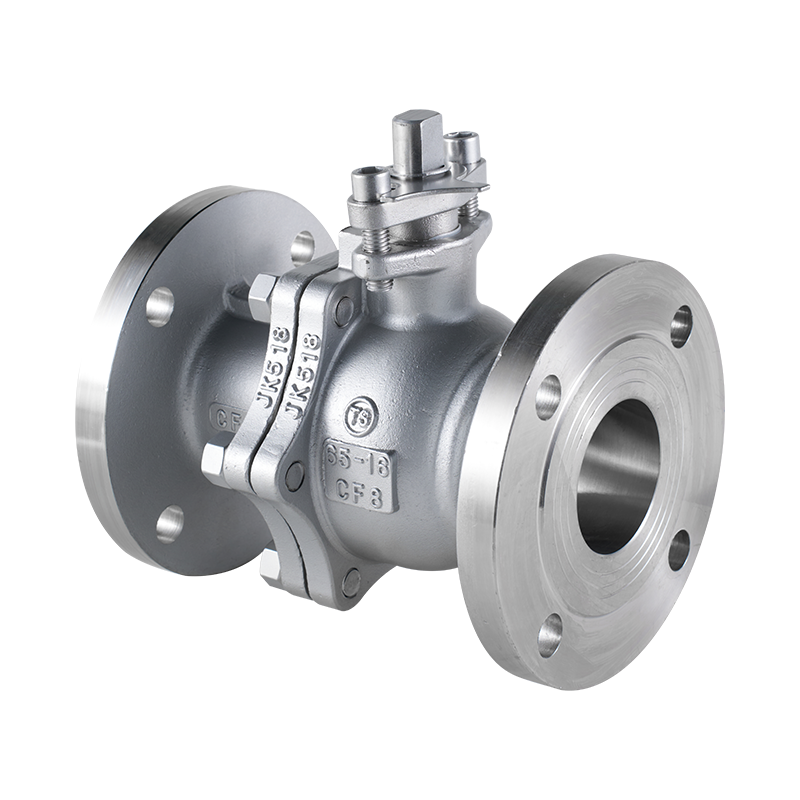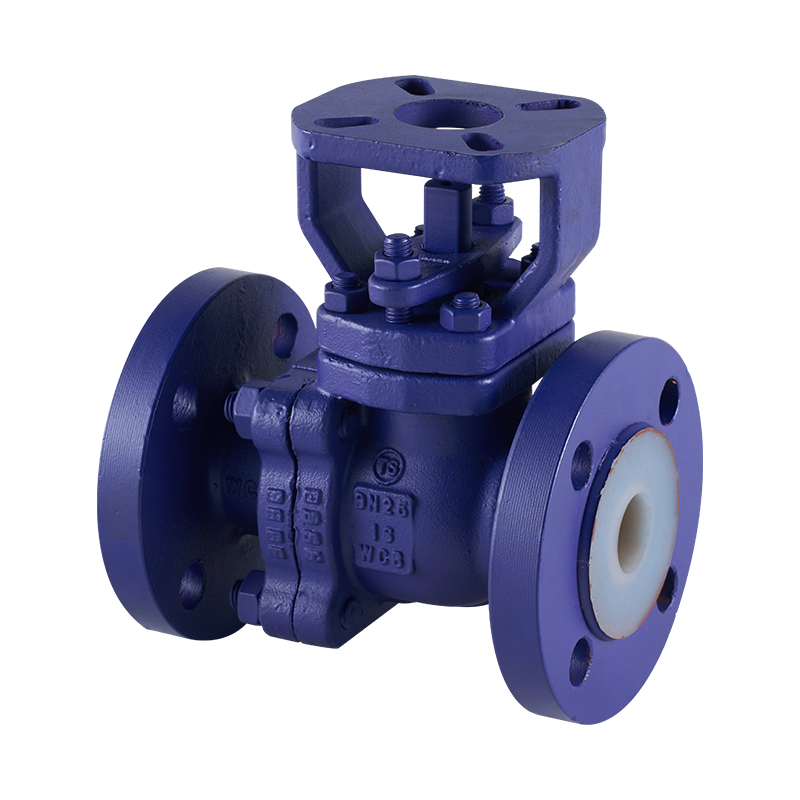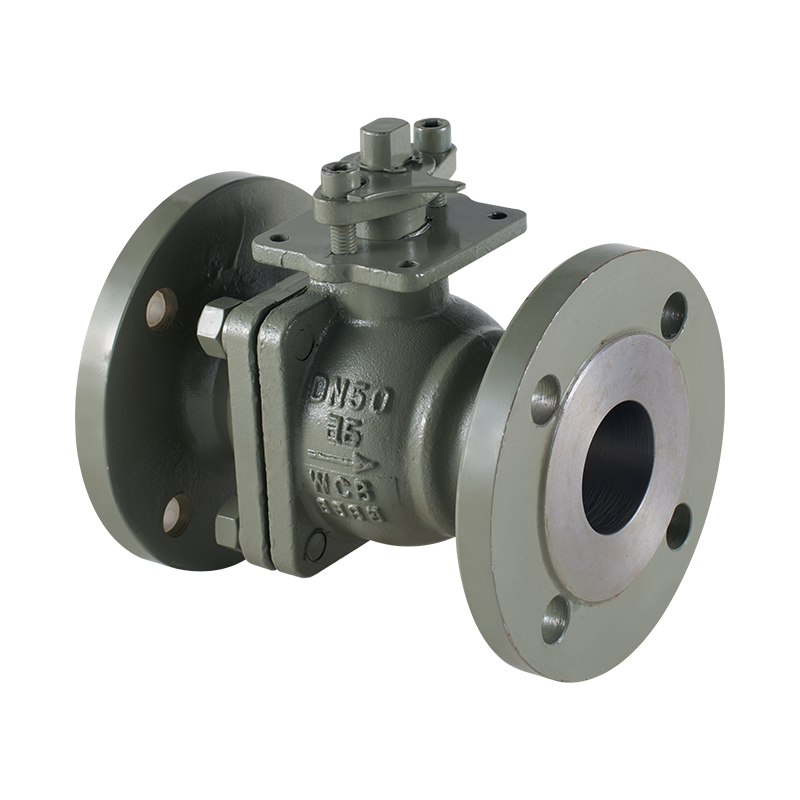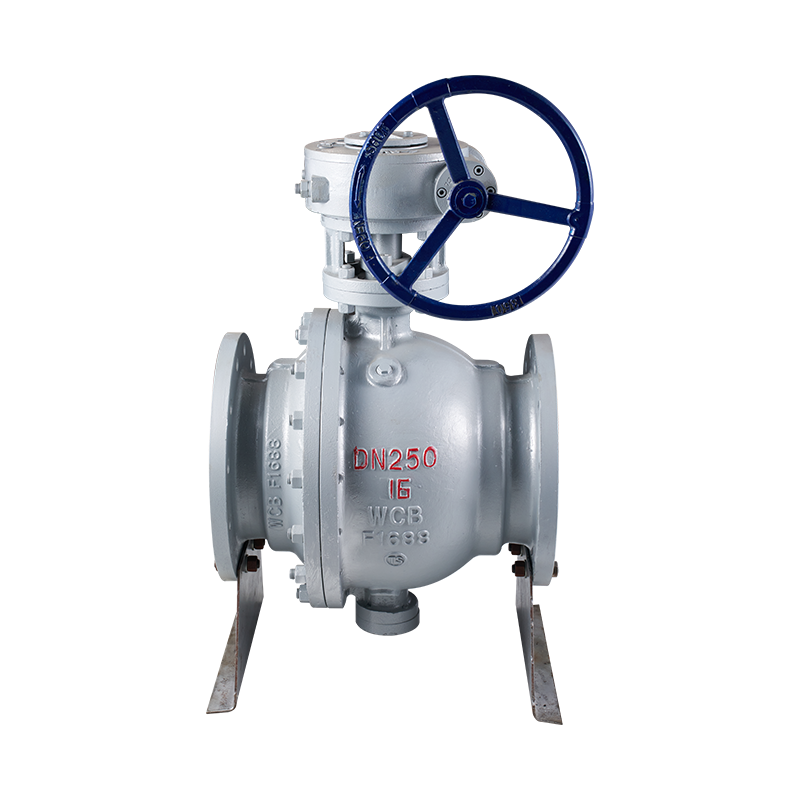The butterfly valve is a critical component used in various industrial systems for flow regulation, shut-off applications, and mixing tasks. When equipped with a positioner, the butterfly valve can provide precise control over fluid flow by adjusting the valve disc position according to the control signal. While the butterfly valve with a positioner offers control and efficiency, its service life is influenced by several factors that should be understood to maximize performance and reduce downtime.
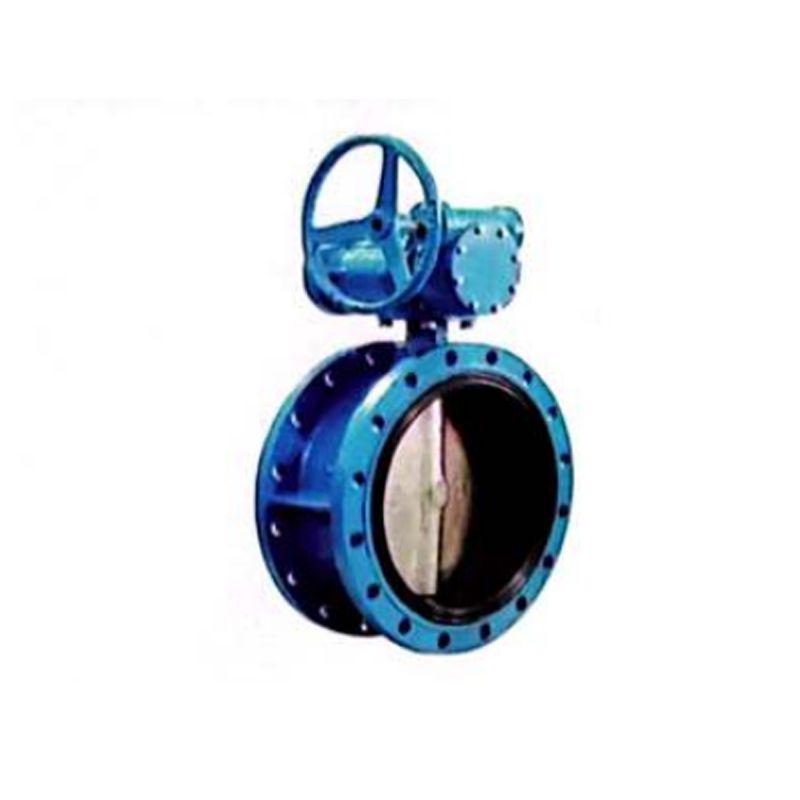
The service life of a butterfly valve with positioner is largely determined by the operating conditions, the quality of materials used, and the level of maintenance it receives. High-quality materials, such as stainless steel for the valve body and seat, contribute significantly to the valve's resistance to wear, corrosion, and pressure fluctuations. Valves exposed to harsh environments—such as chemical processing plants, wastewater treatment facilities, and power generation units—require materials that are not only durable but also resistant to corrosion and chemical attack.
One of the influential factors affecting the service life of a butterfly valve with positioner is the type of medium flowing through the valve. Valves handling abrasive fluids, for instance, will face greater wear on their sealing surfaces and may require more frequent maintenance. Similarly, valves used in systems with high-pressure fluctuations or temperature may experience higher rates of fatigue,bring about reduced lifespan. The valve's positioner also plays a role in service life; a malfunctioning positioner can bring about incorrect valve settings, causing wear and tear on the valve itself.
Regular maintenance, including periodic inspection of the actuator, seals, and positioner, helps extend the life of the valve. By addressing issues like seal wear, actuator malfunctions, or debris buildup early, operators can prevent more significant damage that could bring about costly repairs or replacement.
The forged steel flange floating ball valve is a key player in fluid and gas control systems, offering a secure and efficient means to manage flow within piping systems. As the name suggests, these valves feature a forged steel body with flanged connections and a floating ball design, which enhances the valve's durability and performance under high-pressure and high-temperature conditions. In this section, we'll explore the process characteristics that make this valve type so effective in various industrial applications.
The forged steel body of the valve provides mechanical strength compared to cast alternatives. Forging the steel ensures that the grain structure is aligned in a way that enhances the material's strength and toughness, making the valve more resistant to fatigue, stress, and pressure surges. This makes forged steel flange floating ball valves ideal for high-pressure, high-temperature applications in industries like oil and gas, power generation, and petrochemical processing, where reliability and strength are paramount.
One of the key process characteristics of the forged steel flange floating ball valve is the floating ball design. In this setup, the ball is not fixed at the top but is allowed to “float” within the valve body. As the valve is operated, the ball moves slightly toward the downstream seat, creating a tight seal that prevents leaks and ensures effective flow control. This design allows for self-aligning sealing, even under varying pressures, contributing to a more reliable and longer-lasting valve.
In terms of flow characteristics, the forged steel flange floating ball valve offers low flow resistance, which is crucial in high-flow systems. The spherical shape of the ball minimizes the restriction to fluid flow, reducing the potential for pressure drops and maintaining efficiency. The valve can be easily actuated to provide quick and precise shut-off capabilities, making it ideal for systems that require frequent operation or on/off control.

 English
English 中文简体
中文简体


